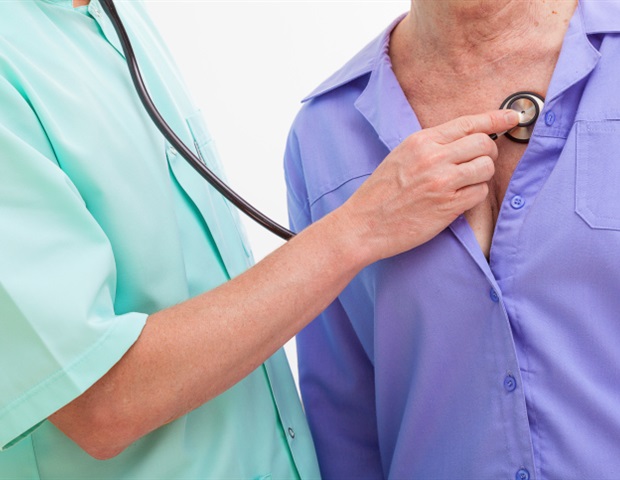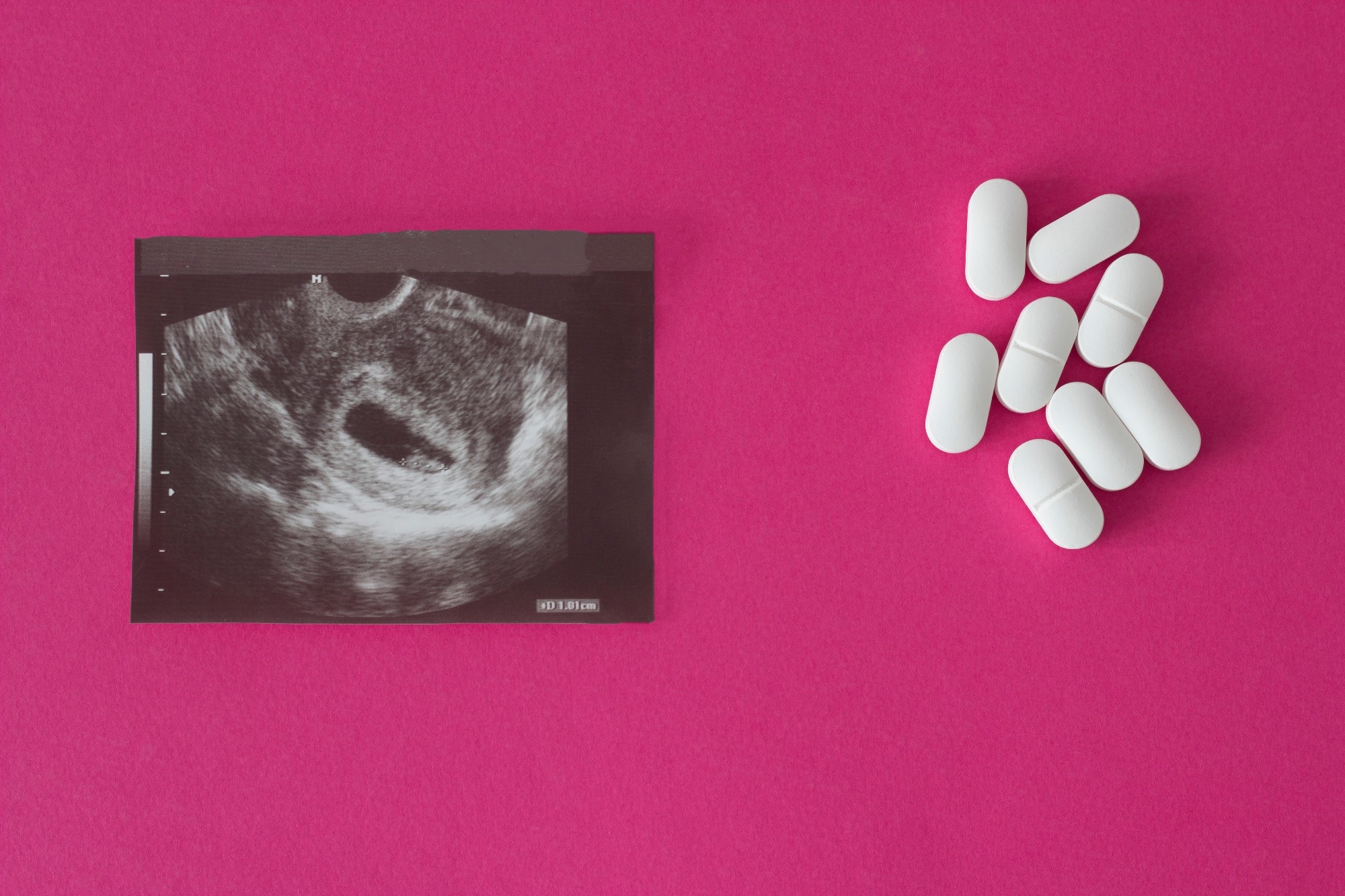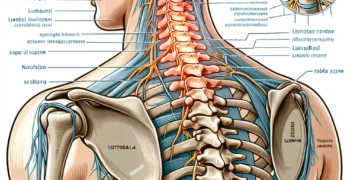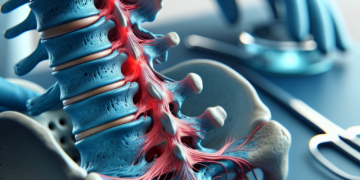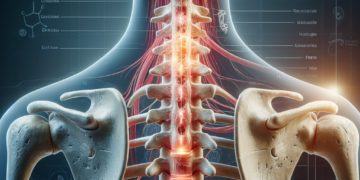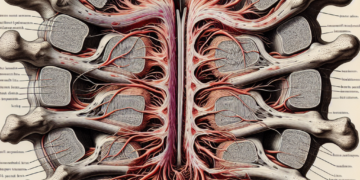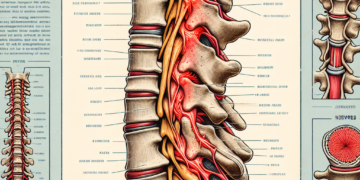Draw a classifications of spinal cord injuries: what you need to know
Spinal cord injuries (SCIS) are events that alter the life that can significantly affect mobility, sensation and general quality of life of an individual. Understanding the classifications of spinal cord injuries is crucial for patients, caregivers and health professionals equally. These classifications help determine the seriousness of the injury, guide treatment plans and establish realistic recovery expectations. In this article, we will break down the key aspects of the spinal cord lesions classifications and what they mean for those affected.
What is a spinal cord injury?
The spinal cord is a vital part of the central nervous system, responsible for transmitting signals between the brain and the rest of the body. A spinal cord injury occurs when the spinal cord is damaged, often due to trauma, disease or degeneration. This damage can interrupt communication between the brain and the body, which leads to the loss of function, sensation or both below the level of the lesion.
Key factors to classify spinal cord injuries
Spinal cord lesions are classified according to two main factors: the Level of injury and the Injury severity. These classifications provide a framework to understand the scope of the damage and its potential impact on the individual.
1. Level of injury
The level of injury refers to the location of the damage along the spinal cord. The spinal cord is divided into four main regions:
- Cervical (C1 – C8): Injuries in this region affect the neck and can cause tetraplejia (also known as quadriplegia), where both arms and legs are affected.
- Thoracic (T1 – T12): The lesions at the top of the back generally affect the thorax and abdominal muscles, which often result in paraplegia (loss of function at the bottom of the body).
- Lumbar (L1 – L5): Lower back injuries can affect the hips and legs, which leads to varying degrees of paralysis or weakness.
- SACRO (S1 – S5): Injuries in this region can affect the lower part of the body, the intestine, the bladder and the sexual function, but often allow a certain degree of mobility.
The higher the level of injury, the more extensive the potential loss of function is. For example, a C4 injury can affect breathing, while an L3 lesion can mainly affect the movement of the leg.
2. GRADE OF THE INJURY
The severity of a spinal cord injury is determined by the scope of neurological damage. This is typically evaluated using the Deterioration scale of the American Association of Column Injuries Association (Asia)which classifies injuries into five levels:
-
Asia A: Complete injury
No motor or sensory function below the level of injury is preserved. This is the most severe classification. -
Asia B: incomplete sensory
The sensory function is preserved below the level of injury, but the motor function is completely lost. -
Asia C: Incomplete motor
The motor function is preserved below the level of injury, but more than half of the key muscles have a force rating of less than 3 (on a scale of 0-5). -
Asia D: Incomplete engine
The motor function is preserved below the level of injury, and at least half of the key muscles have a force rating of 3 or more. - Asia E: Normal
The motor and sensory function is normal, indicating that there is no neurological deficit.
Why is classification important
Understanding the classification of a spinal cord injury is essential for several reasons:
- Treatment planning: The level and severity of medical interventions of the injury guide, rehabilitation strategies and assistance technologies.
- Forecast: The classification helps predict possible results, such as the probability of recovering the function or adapting to life with a disability.
- Research and Defense: The precise classification is critical for clinical trials, research studies and lawyers for resources and support for people with SCIS.
Live with spinal cord injury
While spinal cord injuries can be devastating, advances in medical science, rehabilitation and assistance technologies have improved the quality of life of many people. Physiotherapy, occupational therapy and psychological support play vital roles to help patients adapt to their new circumstances. In addition, innovations such as exoskeletons, nerve stimulation and stem cell research offer hope for future advances in the treatment of LME.
Conclusion
Spinal cord lesions classifications provide a roadmap to understand the impact of these lesions and adaptation of attention to meet individual needs. By breaking the level and severity of injuries, health professionals can develop specific treatment plans, while patients and caregivers can better sail life challenges after an LME. As research continues to progress, there is a growing optimism to improve the results and a better quality of life for those affected by spinal cord injuries.
If you or a loved one live with a spinal cord injury, remember that support is available. Connecting with medical care suppliers, support groups and defense organizations can make a significant difference in the trip to recovery and adaptation.
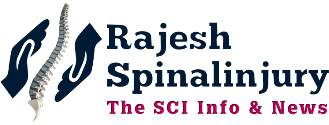




_6e98296023b34dfabc133638c1ef5d32-620x480.jpg)
